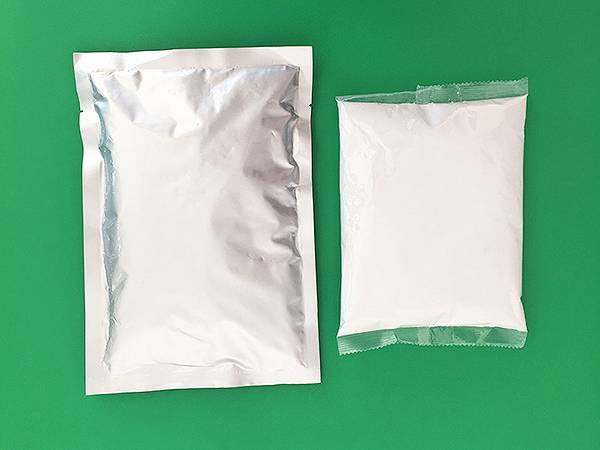



Sodium Peroxide - Properties, Uses, and Safety Information
Sodium Peroxide Properties, Applications, and Safety
Sodium peroxide (Na2O2) is an inorganic compound that has garnered attention for its unique properties and diverse applications. As a powerful oxidizing agent, sodium peroxide features prominently in various fields, including chemistry, environmental science, and even medical applications.
Properties of Sodium Peroxide
Sodium peroxide appears as a pale yellow or white solid, and it is highly reactive, especially when exposed to moisture. One of its remarkable properties is its ability to release oxygen upon decomposition, which occurs when it is heated or comes into contact with water. This reaction makes sodium peroxide an effective chemical for producing oxygen in controlled environments, which can be crucial in applications such as life support systems in submarines or spacecraft.
In addition to its role as an oxygen source, sodium peroxide is known for its strong bleaching properties. This oxidation capability allows it to be utilized in the bleaching of textiles and wood pulp. Furthermore, due to its capability to generate reactive oxygen species, sodium peroxide has found its use in various chemical syntheses and laboratory applications.
Applications
sodium peroxide

Sodium peroxide has several practical applications across various industries. In environmental cleanup, it is used for the treatment of wastewater and in the destruction of harmful pollutants. Its ability to oxidize organic compounds makes it effective in breaking down contaminants that are resistant to traditional treatment methods.
In the field of disinfectants and sterilization, sodium peroxide's potent oxidizing properties allow it to kill bacteria, viruses, and fungi, making it an attractive option in healthcare and sanitation. It can be used to disinfect instruments, surfaces, and even water, enhancing its role in maintaining public health and safety.
Moreover, sodium peroxide is also explored in the field of chemistry for the synthesis of other chemical compounds. Its reactivity allows it to participate in various chemical reactions, facilitating the development of new materials and chemicals, including certain pharmaceuticals.
Safety Considerations
While sodium peroxide offers many benefits, handling this compound requires caution due to its potential hazards. It is a strong irritant to skin, eyes, and respiratory tract, and it can pose fire and explosion risks when it comes into contact with flammable materials or impurities. Proper protective equipment such as gloves, goggles, and masks should be worn when working with sodium peroxide, and materials should be stored in a cool, dry place away from moisture.
In summary, sodium peroxide is a versatile compound with significant utility across different fields owing to its oxidizing properties. From environmental applications to disinfectants, it serves essential roles, although safety precautions must be strictly adhered to when handling it. Understanding these properties is crucial for anyone interested in the scientific and practical implications of sodium peroxide.
-
Sodium Chlorite Hot UsesNewsJul.01,2025
-
Sodium Chlorate ApplicationsNewsJul.01,2025
-
Smart Use Of Sodium ChloriteNewsJul.01,2025
-
Power Of Sodium BisulfateNewsJul.01,2025
-
Potassium Monopersulphate & Sodium Chlorite: Key to Effective Cleaning SolutionsNewsJul.01,2025
-
Pool Water Treatment GuideNewsJul.01,2025
-
Why Strontium Carbonate Still MattersNewsJun.06,2025










